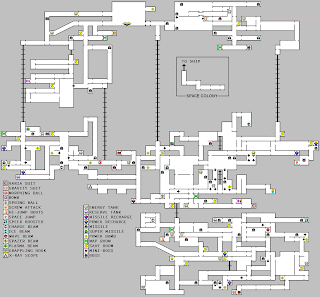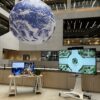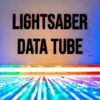The rise of simple to use geographic information systems such as Google Maps and Microsoft’s Virtual Earth are making it increasingly easy to map any information which is geographically organised. As such maps do not have to link to the real world, virtual and game space can also be mapped and displayed using the same set of tools.
To date we have looked at Mapping Second Life and Lord of the Rings Online, the latest in our series of posts on Mapping Games looks at Ultima VII. Ultima VII, released in two parts, Ultima VII: The Black Gate (1992), and Ultima VII Part Two: Serpent Isle (1993) is an interesting choice to map and display online due in part to its age and therefore level of graphic resolution.
Previous to the ability to create tiles in geographical space and display them via Google or Microsoft technologies maps of games often took on a ‘overview’ structure to simply communicate location.
The image below illustrates such an example:

Using Exult to extract image tiles, Nikolai Faaland has taken mapping Ultima VII a stage further and ported it into Virtual Earth:
The map can viewed in both 2D mode as pictured above and 3D:
Mapping games such as Ultima VII is an interesting use of Virtual Earth and one that we will be covering further in future posts.





